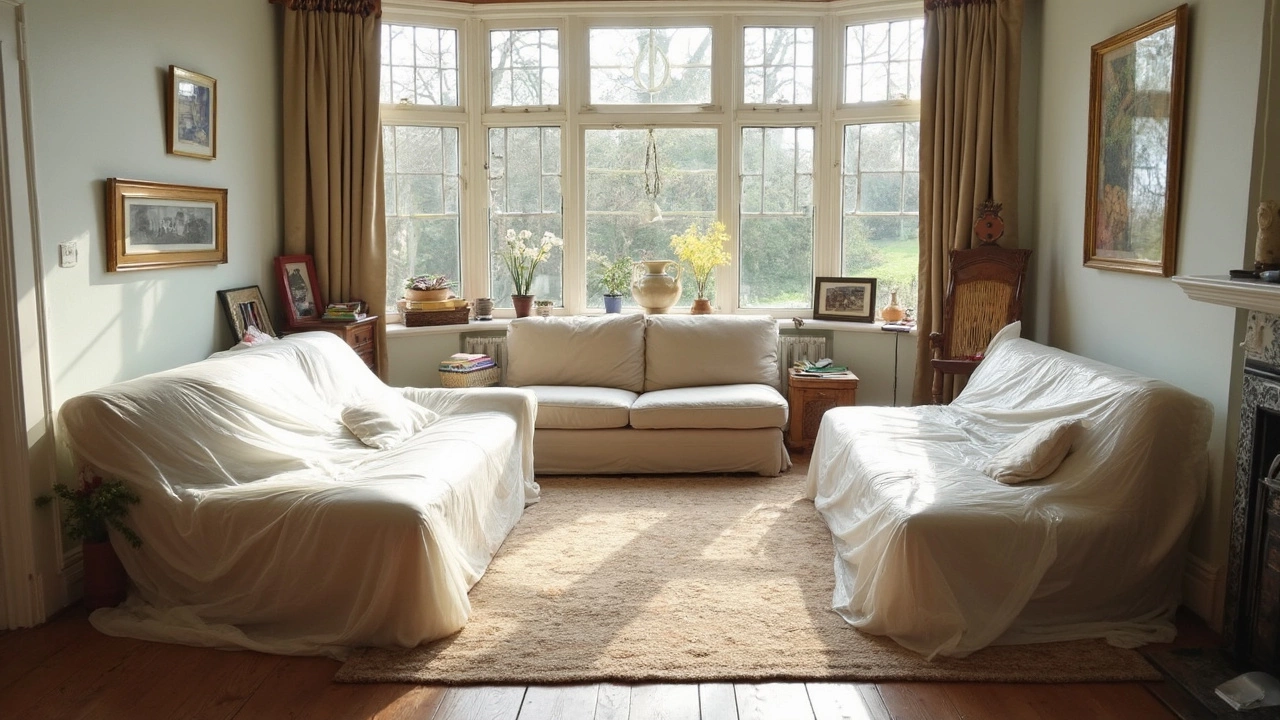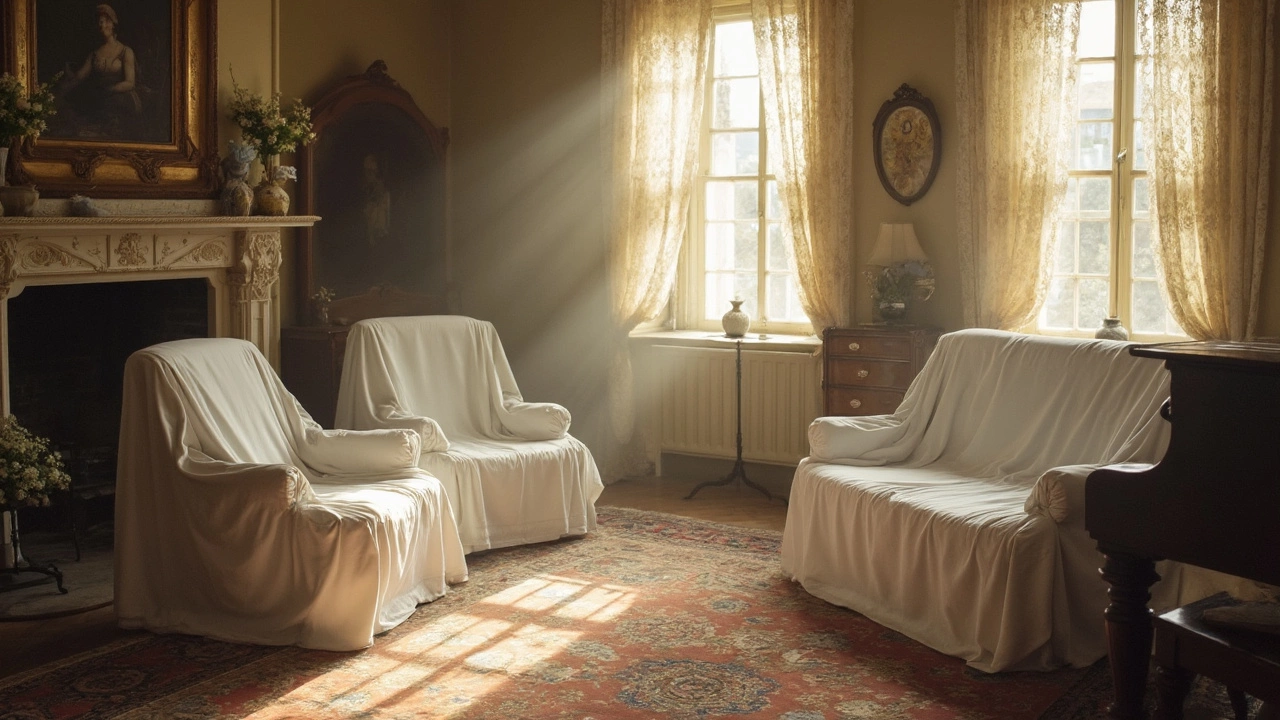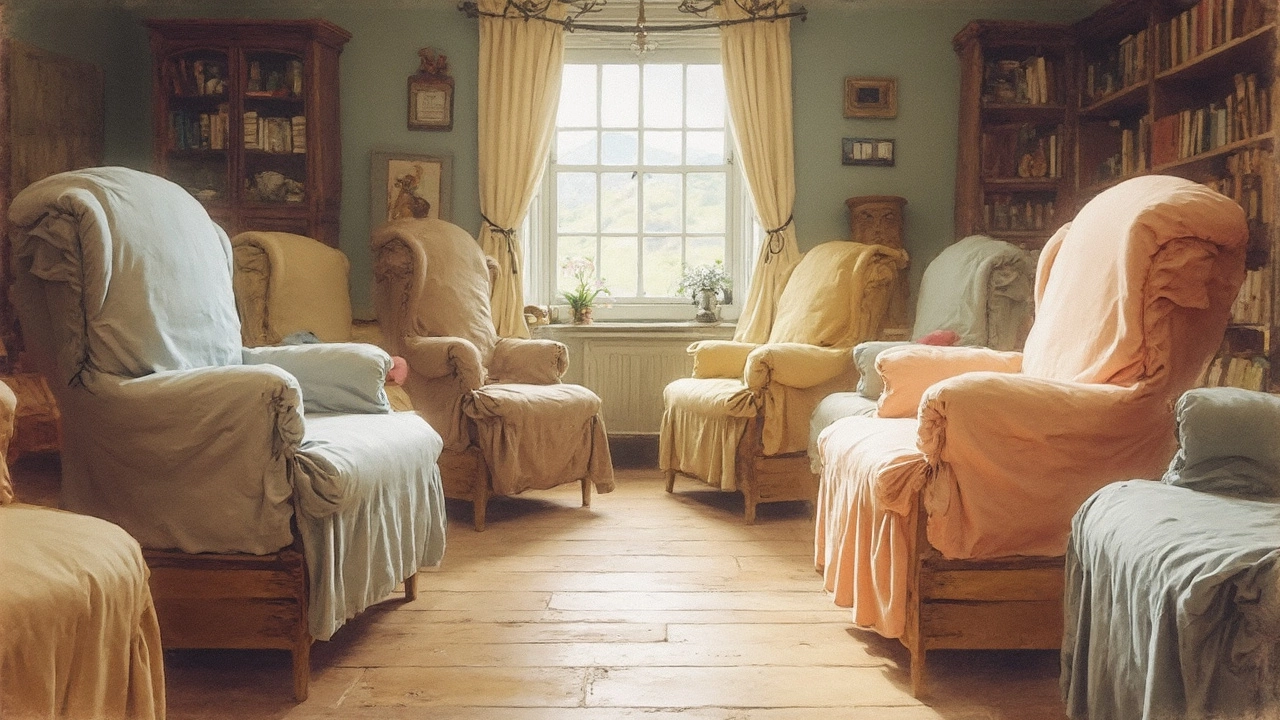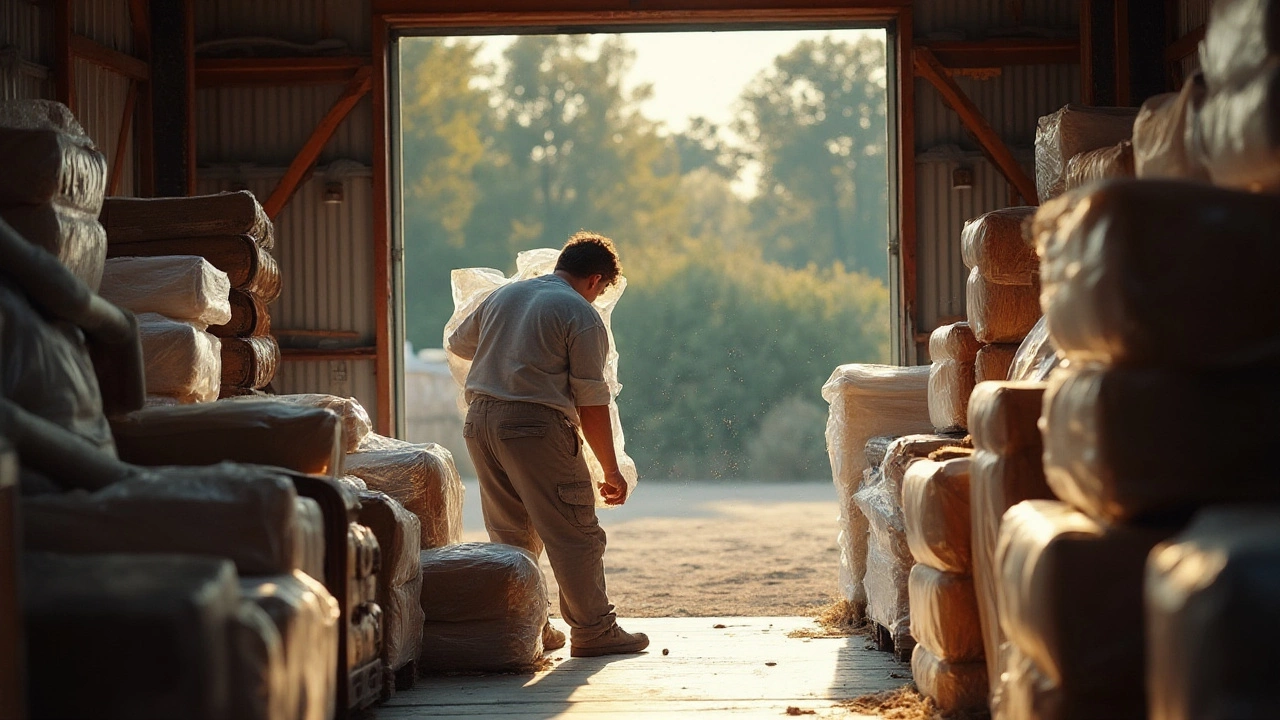Furniture Protection: Simple Steps to Keep Your Pieces Looking New
Got a sofa you love, a wooden dining table that’s been in the family for years, or a patio set that survives every British storm? You don’t need a million‑dollar budget to keep them looking fresh. A few everyday habits and the right products can add years to any piece.
Everyday Care for Indoor Furniture
Start with the basics: dust, vacuum, and wipe. For upholstery, a quick vacuum with the brush attachment gets rid of pet hair and crumbs before they turn into stains. Spot‑clean spills immediately – a damp cloth and a little mild dish soap usually do the trick. If you own a sofa that’s built to last, like the models featured in our "Most Durable Sofas in 2025" guide, you’ll want to protect the fabric with a fabric protector spray. It creates a invisible barrier that repels liquids and makes future cleaning easier.
Wood needs a different touch. Use a soft, dry cloth to dust off surfaces daily. Once a week, give the wood a light polish with a product made for the finish – oil‑based for traditional wood, water‑based for modern coatings. Avoid placing hot mugs or dishes directly on the surface; a simple coaster solves that problem instantly.
Don’t forget the hidden spots. The legs of chairs and tables collect dust that can turn into scratches. Wipe them down after each cleaning session, and consider felt pads under heavy pieces to stop floor marks.
Protecting Outdoor and Patio Pieces
Outdoor furniture faces sun, rain, wind, and occasional bird droppings. The best defense is the right material. Our "Most Weather‑Resistant Patio Furniture" article points out that aluminum frames, teak, and synthetic wicker hold up the longest. Whatever you choose, cover it when it’s not in use. A breathable cover keeps moisture out while allowing the wood or metal to breathe, preventing mildew.
Cleaning outdoor pieces is faster than you think. A hose down for a quick rinse removes most dirt. For stubborn grime, mix equal parts water and white vinegar, spray, and scrub with a soft brush. Rinse again and let dry before covering.
If you have a sofa bed, remember it’s a hybrid. Follow the sofa‑bed lifespan tips from our guide: rotate the mattress side regularly, tighten any loose bolts, and keep the fabric clean with the same spot‑clean method you use on indoor sofas.
Finally, think about placement. Keep rugs under coffee tables and chairs to catch spills – our "Should You Put a Rug Under Your Coffee Table?" post explains the pros and cons. A rug not only adds style but also acts as a secondary barrier for stains.
Putting these habits into practice doesn’t take much time, but the payoff is huge. Your furniture stays vibrant, you avoid costly repairs, and you get to enjoy pieces that feel as fresh as the day you bought them. Start with one room, notice the difference, and then roll the routine across the whole house. Your furniture (and your wallet) will thank you.
Is it Okay to Wrap Furniture in Plastic for Storage?
Wondering if plastic wrap is a smart move for storing your furniture? This article breaks down when it helps, when it can backfire, and how to do it right. You’ll learn about different plastics, types of furniture that need extra care, and safe alternatives. Plus, get solid tips on keeping your items in good condition whether you’re stashing them for a month or a year. No sales talk—just practical advice you can use now.
MoreShould You Wrap a Couch for Storage?
Storing a couch isn’t as simple as shoving it in a garage. Wrapping your couch can protect it from dust, moisture, pests, and weird smells that stick around. But should everyone bother wrapping? This article breaks down when wrapping makes sense, what wrapping methods work best, and what can go wrong if you skip this step. You’ll get some hands-on tips nobody tells you in the moving guides. Your couch will thank you later.
MoreWhy Do They Put White Sheets Over Furniture?
Covering furniture with white sheets is an age-old practice, often seen in movies and historical homes. This practice serves practical purposes like protecting against dust, dirt, and sunlight damage. White sheets are especially effective because they reflect sunlight, preventing color fade. Plus, these covers give a clean, unified look, ideal for long-term storage.
MoreHow to Store Your Furniture Efficiently
Storing furniture can be a daunting task, but with the right strategies, it can be done efficiently and safely. This article provides practical tips on how to store furniture, including choosing the right storage space, preparing furniture for storage, and ensuring it stays in good condition. Whether you're downsizing or just needing extra space, learn how to make the most of your storage choices. Discover fascinating storage hacks that keep your furniture fresh and damage-free over time.
MoreHow to Protect Furniture in Storage
Protecting your furniture while it's in storage is crucial to maintain its quality and longevity. Utilizing the right materials like breathable fabric covers or plastic sheeting can shield your pieces from dust and moisture. Proper elevation and spacing further ensure your items remain in top condition. By taking simple, strategic steps, you can prevent damage and save money on future repairs.
MoreEssential Tips for Protecting Furniture During Storage
Preserving furniture during storage requires careful wrapping and thoughtful preparation. It's essential to use the right materials to prevent damage from moisture, pests, and time. This guide provides invaluable insights on how to appropriately cover and secure different types of furniture. Discover the best practices to ensure your items remain in pristine condition while in storage.
More





